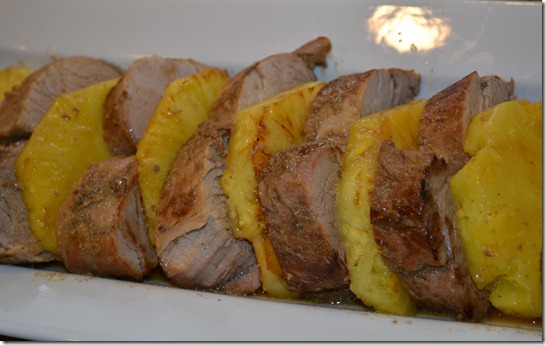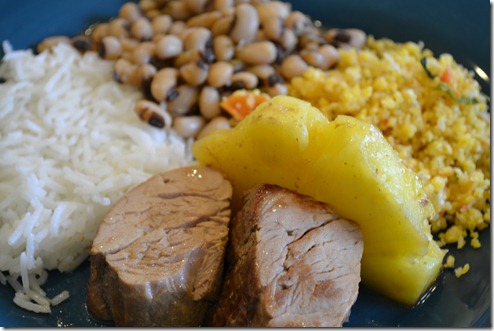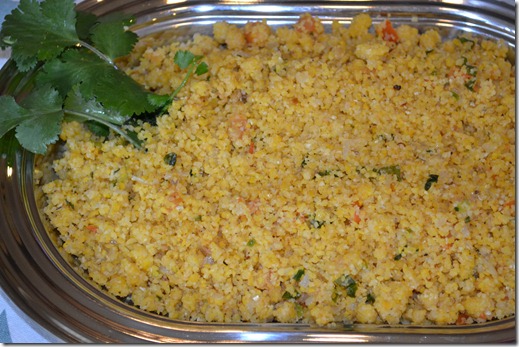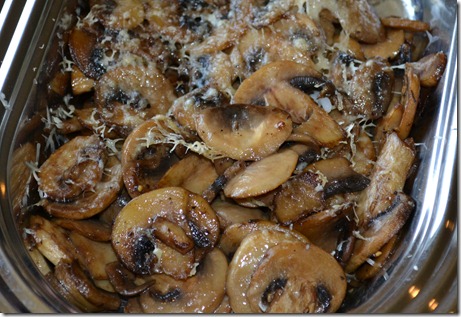After a few months dabbing in international cuisine, I decided to go back to my favorite food collection, “Cozinha Regional Brasileira” (Brazilian Regional Cuisine, http://www.abrilcolecoes.com.br/colecoes/cozinha-regional-brasileira-486777.shtml), to try another one of the typical dishes from around Brazil. This time I chose one which is from the state of São Paulo, called “virado à paulista” (really hard to translate into English, it would be something like “food turned in the Paulista style”, paulista being the adjective from someone from that state). Never having tried the original, I also invited some good friends from that state to assess whether it was close to the “real thing”, so we have their impressions as well.

First of all, this is not a very complicated or fancy dish. Far from that, the “virado” is a common lunch fare in that state, often served as a cheap lunch in many downtown restaurants for a blue-collar workers, but it has reached a “cultural” status that it’s appreciated by people from all income levels.
There are a few variations of the “virado”, but they all have some meat (pork or beef), white rice, “tutu de feijão” – beans mixed with “farinha” (dried, toasted manioc flour), “couve mineira” (thinly sliced collard greens fried with bacon and garlic), “calabresa” sausage (typical in Brazil) and banana. The banana can be of the regular kind, or one similar to plaintains, also raw or fried (breaded). Sometimes it’s also served with an egg on top. The one I made I used pork chops and a kielbasa in place of the calabresa, used plain bananas and skipped the egg (there was already a lot of food in the plate, the egg would have been too much).
Based on the “natives” opinion, it was quite close to the original, but the beans should have been cooked a little more. Since that was their only remark, I took that as a sign that the dish came out good 🙂
Ingredients (for 4 people):
- 4 pork chops, bone in (~2lb)
- 2 limes, juiced
- salt & pepper
- 6oz bacon, finely chopped
- 1 tbsp. olive oil
- 1 medium onion, finely chopped
- 4 garlic cloves, minced
- 1lb kielbasa, cut diagonally in 1/4”-thick strips
- 3 cups cooked beans, with the liquid
- 1/2 cup “farinha”
- 2 bunches of collard greens
Prior to cooking: remove the stems from the collards and cut them into thin strips, then reserve. Season the pork with the lime, salt and pepper, and let it marinate for at least 30 minutes.
In a large pan, add the sausage slices and cook them both sides until they’re golden, about 3 each side, then reserve. If the sausage didn’t render a lot of fat, add a tbsp. of olive oil. Add the pork chops, then fry them until they’re close to the desired doneness, but not there, then move them to an oven pre-heated to 350ºF (175ºC) to finish in 10-15 minutes. In the same pan, add 4oz of the bacon, cooking them until the fat has been rendered. Add the collard greens (you’ll need a large pan, because it will be a lot, but they’ll shrink considerably) and salt, mixing it often while the beans are being prepared. When the greens are done, if you want to fry the banana, you can use the same pan to do so at that point.
For the “tutu”: while the bacon is being rendered in the large pan, add the remaining of the bacon and the 1 tbsp. of olive oil to a medium pan; when most of the bacon fat has been rendered, add the onions and the garlic, and cook until the onion is golden. Add the beans and cook for 10 minutes, mixing it occasionally. Add the “farinha” very slowly to prevent lumps from forming, mixing it well. Cook it for another 5 minutes, still mixing it often.
To assemble the plate, put some white rice, beans and a pork chop in each plate, then top the rest with the sausage, bananas and the collards. If you still want a little more cholesterol, feel free to top it off with a sunny-side up egg.
Enjoy!











